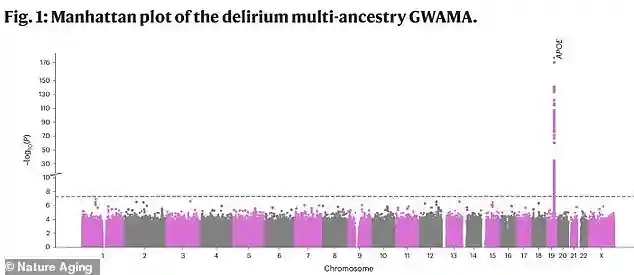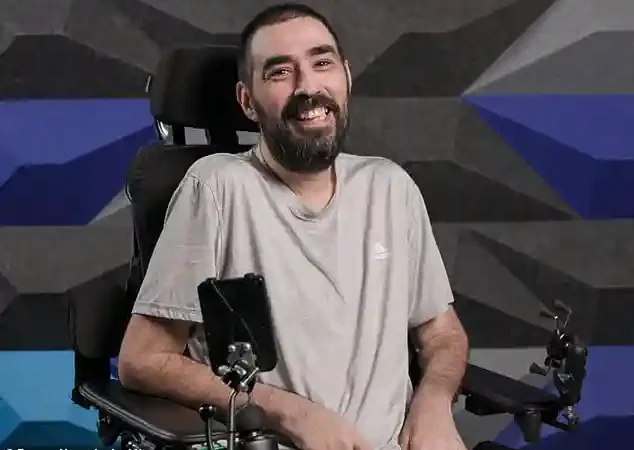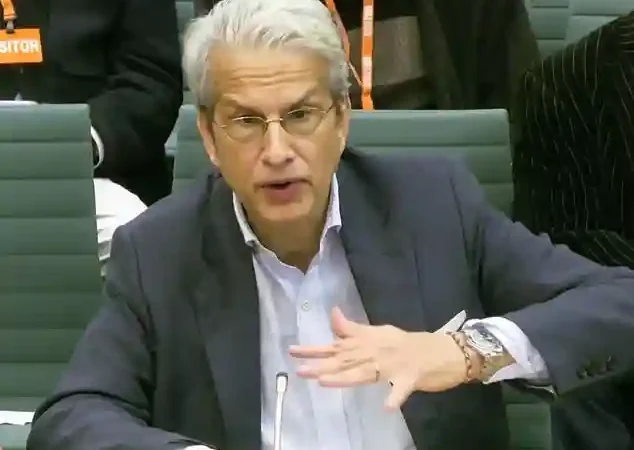In 2020, 214,000 people with Aids died of tuberculosis (TB), though only about 50% were confirmed cases while the rest were uncertain. More people probably die of fungal disease than of TB, both in the context of Aids and generally.
As more and more people are treated for HIV infection, deaths will continue to come down.
But the fall is slower than it should be, and the reason for the tardiness of this decrease in deaths is fungal disease.
Fungal disease can lead to death before treatment for HIV can be prescribed and given time to work.
The ideal is to find people with HIV early and treat the virus before they become ill with declining immunity.
Unfortunately, this remains an aspiration in too many countries: late HIV diagnosis is almost the norm in many places, with 30% to 60% of newly discovered HIV infections already diagnosed with Aids and hugely damaged immune systems.
Currently, resistance to anti-HIV drugs ranges from 5% to 30% in different countries.
Unless doctors identify this and switch therapy for HIV, these people revert from improving to declining immunity. They then have an increased risk of severe infection, including fungal disease.
Long-acting injectable anti-HIV drugs and new antiviral pills with a lower propensity for resistance are being introduced to address these resistant rates, but it will take years for the benefits to accrue.
Here are three fungal infections where rapid diagnosis could make a real difference.
Fungal meningitis
One particularly lethal fungal infection is cryptococcal meningitis.
The fungus is concentrated in pigeon droppings and found across the world.
It infects people when breathed in. Normally, the immune system destroys it, but in Aids, it persists in the lung and then travels in the bloodstream to the brain. It takes only three to four weeks for this fungus to kill someone with Aids.
Yet one of the best diagnostic tests – a ten-minute lateral flow costing about US$4 (£2.95) – can detect cryptococcal infection early, before meningitis sets in.
Unfortunately, in many countries, HIV clinics and hospitals don’t yet use it and the consequences are grim: over 120,000 people die from fungal meningitis every year and 70% of those are avoidable.
Fungal pneumonia
Another devastating fungal infection is Pneumocystis pneumonia, or PCP, which is quite similar in some ways to COVID pneumonia: cough, increasing breathlessness, shortage of oxygen and similar shadows on the X-ray. In the early days of the HIV epidemic, about three in five people newly diagnosed with Aids had PCP, though now it is more like one in seven.
Pneumocystis co-evolved with humans in the lungs and is passed from person to person with coughing. Babies with HIV are especially vulnerable to PCP, often with bacterial infection alongside (obscuring PCP).
PCP is a tricky diagnosis to confirm in the laboratory and less than 15% of countries in Africa use the best test (or even any test) for diagnosis.
Nearly 100,000 babies died of HIV/Aids in 2020, many assuredly from PCP, along with many adults, probably over 100,000 deaths.
Fungus mimicking TB
Bat and bird guano (poop) is full of a fungus called Histoplasma in most of the Americas, south-east Asia and parts of Africa. Between 25% and 60% of the population along the Mississippi River and other spots like Guatemala, Trinidad and Tobago, Dominican Republic and many others have breathed in this fungus without becoming ill.
But if immunity fails, the fungus can re-activate (like TB) and travel silently to the bone marrow (causing low blood counts), liver, guts and skin, leading to death in two to three weeks from disseminated histoplasmosis.
The importance of Histoplasma has only recently been realised thanks to a rapid urine test that detects a special sugar called galactomannan that the fungus releases in the body.
A three-year programme for HIV and Aids patients in 13 HIV units in Guatemala found more people with disseminated histoplasmosis than either TB or cryptococcal meningitis. By screening for these infections, several salient lessons emerged.
The number of confirmed TB patients went down year on year, and the survival of TB patients went up, implying that some of the previously suspected TB diagnoses were wrong and probably histoplasmosis. The number of cases of histoplasmosis went up year on year, and survival also increased.
Overall, this diagnostic screening programme showed a decrease in HIV deaths of 7% from year one to year three. This was the first demonstration of the public health benefit of rapid fungal disease diagnosis.
No one knows how many people with Aids develop histoplasmosis because testing is so scarce in most of the world.
Recent data from Nigeria shows that, in some localities, histoplasmosis is more common than cryptococcal meningitis. A prior estimate of 100,000 cases and 80,000 deaths has been proposed, given the global distribution of Histoplasma.
Deaths from TB and HIV co-infection
The fall in deaths from TB and HIV co-infection from 570,000 in 2010 to 214,000 ten years later is a testament to improved case finding, more accurate tests, preventative therapy and better treatment completion rates.
But now many HIV researchers are seeing more people dying who were thought to have TB, but their tests for TB are negative.
Some of these people have an undiagnosed fungal disease.
Often, the diagnosis of TB in HIV patients is elusive, with fewer and non-distinct lung shadows and no phlegm to test.
A new urine test for TB with greater sensitivity will soon be available, which should allow more accurate TB diagnosis in the very patients in whom disseminated histoplasmosis is also most common.
Overall, the three most common potentially fatal fungal infections far outnumber TB cases in HIV patients, especially when some “TB cases” are not TB at all.
The general lack of rapid diagnosis of these three infections contributes to the death toll from Aids, and well over half of these deaths are avoidable.
Dr Denning and family hold Founder shares in F2G Ltd, a University of Manchester spin-out antifungal discovery company, and share options in TFF Pharma. He acts or has recently acted as a consultant to Pulmatrix, Pulmocide, Biosergen, TFF Pharmaceuticals, Bright Angel Therapeutics, Pfizer and Cipla. He sits on the DSMB for a SARS CoV2 vaccine trial. In the last 3 years, he has been paid for talks on behalf of Hikma, Gilead, BioRad, Basilea, Mylan and Pfizer. He is a longstanding member of the Infectious Disease Society of America Aspergillosis Guidelines group, the European Society for Clinical Microbiology and Infectious Diseases Aspergillosis Guidelines group. he is the unpaid Chief Executive of Global Action For Fungal Infections (GAFFI).
Wellness and Fitness






































